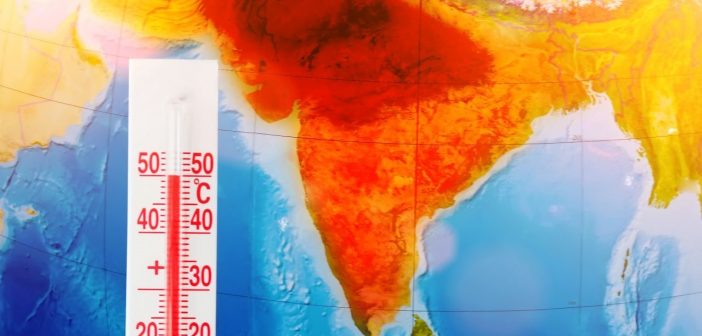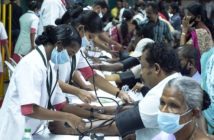India, a land of vibrant colors and diverse landscapes, is currently grappling with a relentless heat wave. Soaring temperatures are pushing the limits of human endurance, impacting agriculture, and disrupting daily life. Understanding the severity, geographical spread, and consequences of this scorching episode is vital.
The Mercury’s Relentless Rise: Gauging the Severity
The India Meteorological Department (IMD) classifies a heat wave when the maximum temperature reaches 45°C (113°F) or exceeds the normal temperature by 4.5°C (8°F) for plains, and 3.5°C (6.3°F) for hilly regions. This year, several regions have witnessed temperatures exceeding these thresholds for extended periods.
News reports indicate highs reaching a scorching 47.2°C (117°F) in parts of eastern India [fatal heat waves are testing India’s ability to protect 140 crore people]. Major cities like Delhi and Kolkata have seen temperatures consistently surpassing 40°C (104°F), making even basic activities a struggle.
A Geographical Onslaught: Mapping the Worst Affected Areas
The heat wave’s grip extends across a vast swathe of India, with some regions bearing the brunt of its fury:
-
Northwestern States: Rajasthan, Punjab, Haryana, and Uttar Pradesh have been particularly hard-hit. These regions are accustomed to high temperatures, but the intensity and duration of the current heat wave are unprecedented.
-
Eastern Ghats: States like Telangana, Andhra Pradesh, and Odisha are experiencing scorching temperatures, posing a significant threat to vulnerable populations.
-
Central India: Madhya Pradesh and parts of Maharashtra are also battling the heat wave, with concerns rising for farmers and agricultural livelihoods.
While these areas are the current hotspots, the heat wave’s reach is constantly evolving, posing a risk to a wider swathe of the country.
Counting the Cost: Victims and the Human Impact
The human cost of the heat wave is a cause for grave concern:
-
Heatstroke and Dehydration: These are the most immediate threats, with vulnerable populations like the elderly, children, and outdoor workers at highest risk. Hospitals are reporting an increase in heatstroke cases, with some turning fatal.
-
Impact on Livelihoods: Daily wage earners, construction workers, and street vendors are severely affected, as the scorching temperatures make working outdoors nearly impossible.
-
Exacerbating Existing Health Conditions: For individuals with pre-existing health conditions like heart disease or respiratory problems, the heat wave can be life-threatening.
Scorched Fields and Wilting Crops: The Agricultural Crisis
India’s agricultural sector is another casualty of the heat wave:
-
Reduced Crop Yields: Excessive heat and water scarcity can significantly impact crop growth and yields. This can lead to food shortages and price hikes in essential commodities.
-
Water Scarcity for Irrigation: The heat wave exacerbates water scarcity, making it difficult for farmers to irrigate their crops. This can lead to stunted growth and wilting crops.
-
Livestock Mortality: Animals are also susceptible to the heat, with reports of livestock deaths due to heat stress and dehydration.
The long-term impact on the agricultural sector could have significant repercussions for food security and rural livelihoods.
Beyond the Scorch: The Ripple Effects of the Heat Wave
The heat wave’s impact extends beyond immediate health concerns and agricultural losses:
-
Energy Crisis: Soaring temperatures lead to a surge in demand for electricity for air conditioners and coolers. This can put a strain on power grids and lead to blackouts.
-
Disruption of Daily Life: The heat wave disrupts daily routines, with people forced to stay indoors during the hottest parts of the day. This can impact productivity and social interactions.
-
Infrastructure Concerns: The extreme heat can damage infrastructure, leading to road closures and disruptions in transportation.
The heat wave is a stark reminder of the vulnerability of our communities to extreme weather events.






